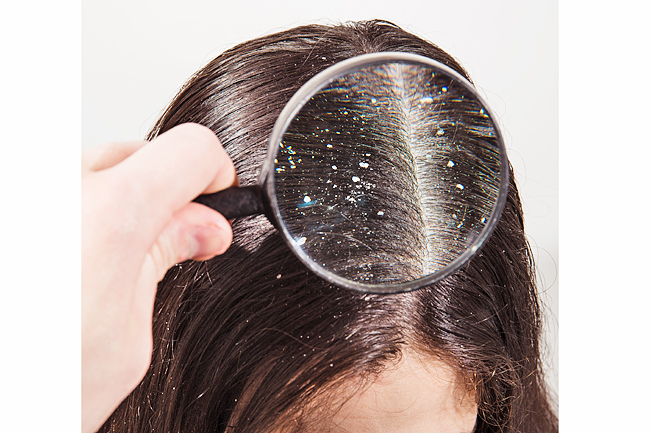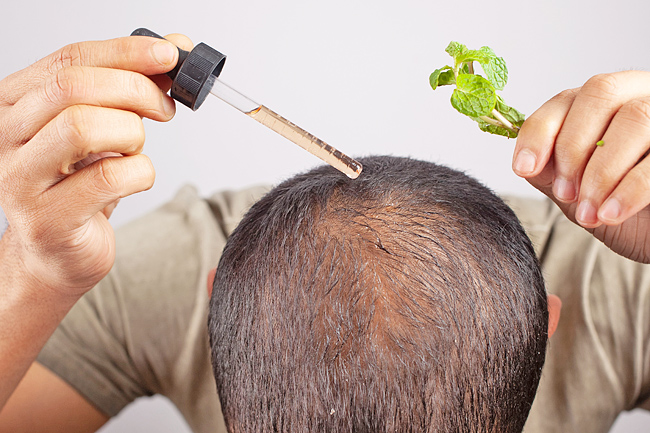Itchiness and flakes falling off the top of your head. Is it really dandruff or is it seborrheic dermatitis?
As a person who is always keen to learn about very random facts about life, and since the knowledge on the existence of dandruff is very commonplace globally, I always wondered if many were aware of the existence of seborrheic dermatitis.
I had asked various circle of friends and family members, and the response would always be a resounding “no”.
As per the National Library of Medicine, these two conditions are part of a continuous spectrum of the same disease that affects the seborrheic areas of the body.
Seborrheic dermatitis and dandruff are widespread skin conditions that primarily impact areas of the body with a high concentration of sebaceous glands, known as seborrheic areas.
These areas are responsible for the production of sebum, an oily substance that helps moisturise and protect the skin.
BUT WHAT ARE THE DIFFERENCES BETWEEN THE TWO?
Dandruff represents a mild reaction that affects at least 50 per cent of individuals at some point in their lives, primarily affecting the scalp, resulting in itchy and flaking skin, but does not exhibit visible signs of inflammation. It may also typically manifest as tiny, white flakes that are visible in the hair and on the scalp.
Seborrheic dermatitis, on the other hand, manifests as a more severe case extending beyond the scalp and can affect areas such as the face, retro-auricular region (behind the ears), the upper chest, eyebrows, beard, and skin surrounding the nostrils, especially in men. It usually manifests as distinct patches or plaques characterised by greasy, yellowish scales.
These two conditions, however, may cause discomfort and embarrassment, which ultimately leads to a negative impact on a person’s self-esteem.


WHAT ARE THE COMMON SYMPTOMS OF SEBORRHEIC DERMATITIS?
These symptoms can differ in people as it depends on their age, skin tone, as well as their existing medical conditions. However, some of the very common signs comprise of flaking or scaling skin, along with rashes on affected areas. People would even experience inflammation, itchiness (pruritus), and often presents with noticeable redness (erythema).
This skin condition typically manifests during specific stages of life, and reaches its peak during infancy and adolescence.
During infancy, seborrheic dermatitis can lead to a condition known as cradle cap, which is characterised by its occurrence on the infant’s scalp. This condition affects approximately 42 per cent of infants and may also be present in the infant’s face and diaper area.
Meanwhile during adolescence, the condition may affect several areas that include the scalp, upper chest, underarms and the folds in the groin area.
It is worth noting that this condition tends to be more prevalent in males compared to females.
WHAT IS THE POSSIBLE CAUSES OF THESE TWO SKIN CONDITIONS?
There are several factors that might contribute to the development of dandruff and seborrheic dermatitis. These include the activity of sebaceous glands, fungal colonisation, and individual susceptibility.
If we were to talk about specific factors that influence the development of seborrheic dermatitis, this would include yeast presence on the skin with higher levels of Malassezia yeast associated with an increased incidence of this skin condition that may be attributed by the skin’s inflammatory response to the yeast overgrowth, increased oil production, immunosuppressed individuals, high cholesterol, Parkinson’s disease attributed to sebum changes that occur during the course of the disease, family history, and emotional stress as the skin condition tends to be more prevalent in individuals experiencing depression or emotional stress.
Whereas, specific factors that may increase the risk of dandruff are possibly age as it typically starts during young adulthood and tends to diminish as individuals reach middle age, gender as it is more commonly observed in men, and certain medical conditions – Parkinson’s disease, other nervous system disorders and human immunodeficiency viruses (HIV) that have been associated with an increased risk of dandruff.
EFFECTIVE TREATMENT OPTIONS FOR DANDRUFF AND SEBORRHEIC DERMATITIS
Both dandruff and seborrheic dermatitis can be effectively managed with appropriate treatments.
While dandruff often responds well to home remedies, seborrheic dermatitis may require professional intervention. Here are the treatment options for each condition.
For seborrheic dermatitis, the choice of treatment depends on the severity and location of the lesions.
Typically, it involves the use of topical antifungal ointments or shampoos, anti-inflammatory medications, coal tar shampoo, phototherapy, and immune modulators.
Dandruff treatment, on the other hand, can generally be managed by consistently using a specialised dandruff shampoo incorporated in your shampoo routine twice weekly.
If you’re looking to try home remedies, applying a gentle moisturiser after bathing to prevent dry skin and flaking may help alleviate symptoms, opting for lukewarm water to avoid drying out the skin, choosing unscented products to minimise risk of skin irritation, applying coconut oil to the scalp to provide hydration and reduce inflammation, using shampoos infused with tea tree oil, and managing life stressors as it is one of the main contributors of seborrheic dermatitis.
Adopting healthy stress management techniques such as getting enough sleep, practicing mindfulness, and seeking therapy can be beneficial.
Remember, for an accurate diagnosis and personalised treatment plan, it is important to consult with a healthcare professional or dermatologist who can assess your specific condition and provide appropriate guidance. – Izah Azahari


